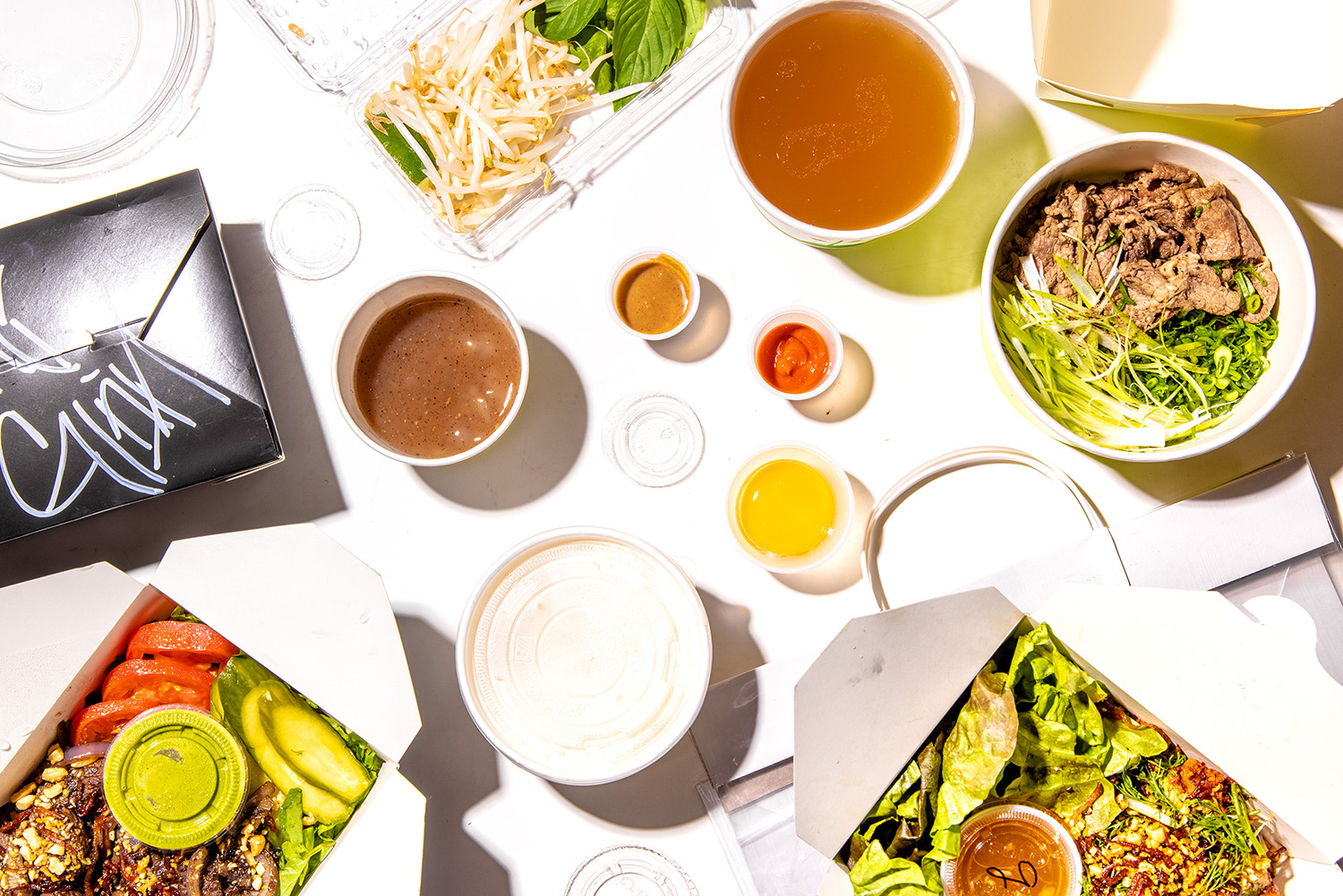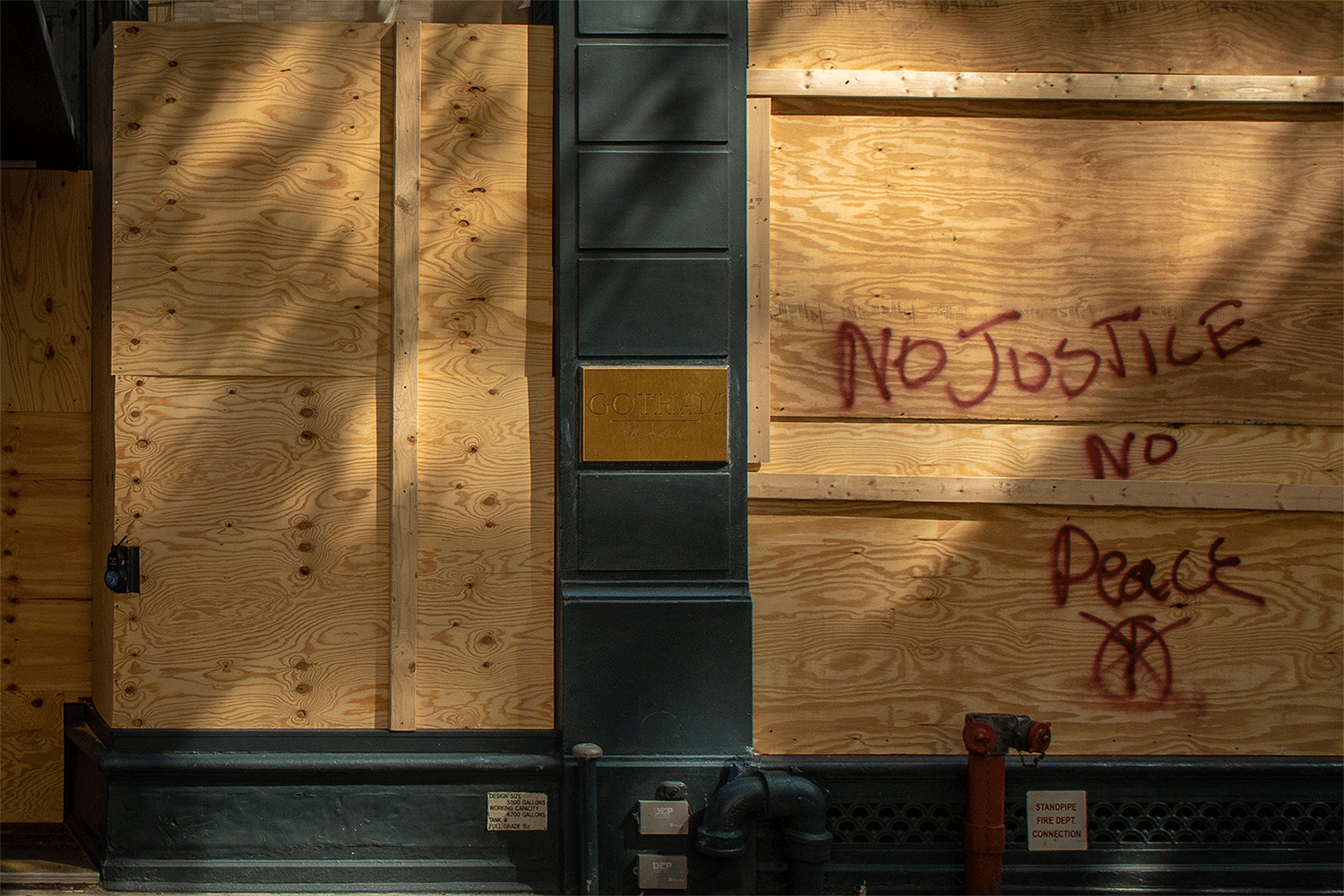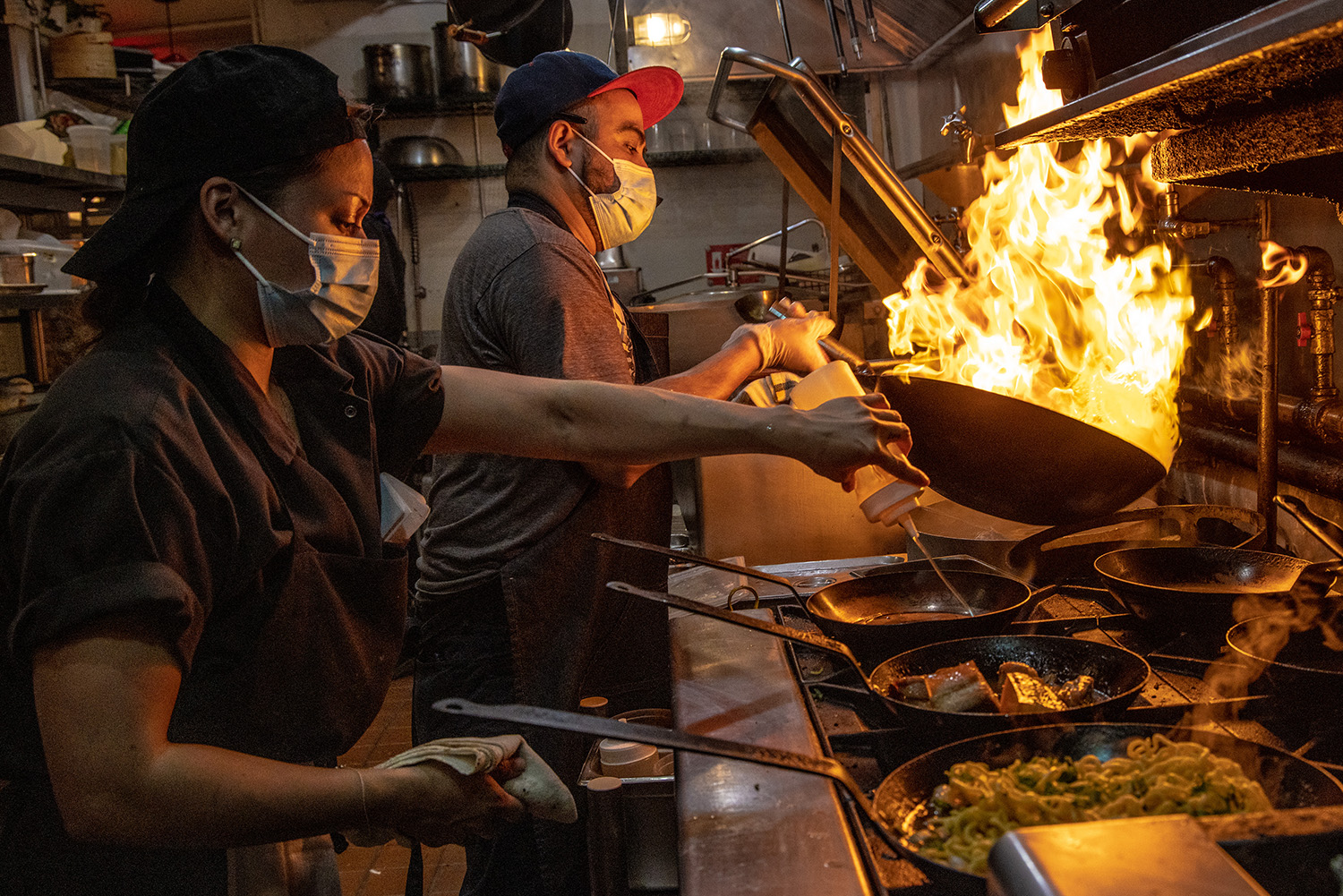It was almost two years ago that New York City became the epicenter of the coronavirus pandemic. No aspect of life in America’s largest city was left untouched in its early days, but perhaps none was as drastically or visibly altered as its restaurant industry. The connective tissue of social life, a medium for culture, and an economic engine that provided more than 300,000 jobs — predominantly to immigrants and people of color — New York’s restaurants and the people behind them experienced the epitome of nearly every form of havoc wrought by the pandemic. Some 20 months later, the industry has largely recovered, but scars remain, and they run deep: Local institutions are gone, forever altering the texture of the city’s neighborhoods; droves of workers have left the industry behind; and many surviving restaurants remain buried under a mountain of debt.
We’re a long way from fully comprehending this moment. The pandemic is ongoing; another variant looms. There’s still no official count of the number of restaurants that closed, and there likely never will be. But through the eyes of four restaurants as they experienced the past two years — a beloved 24-hour diner, an iconic banquet hall, a young neighborhood restaurant group, and a power-lunch titan with a galaxy of stars from the New York Times and Michelin — we might at least have some perspective on it.
The Restaurants

Jing Fong
For decades, this 25,000-square-foot banquet hall — the largest in Chinatown, with room for nearly 800 people — served dim sum out of carts by day and played host to countless weddings and celebrations by night.

An Choi / Di an Di
Tuan Bui, Kim Hoang, and Dennis Ngo are pioneers of the city's new-wave Vietnamese food scene: Their opening act, Lower East Side hotspot An Choi, turned 11 at the start of 2020, while three-year old Di An Di immediately established itself as a cool-kid neighborhood staple in Greenpoint, Brooklyn.

Gotham Bar and Grill
A true institution, Gotham Bar and Grill set the standard for new American cooking and helped transform Union Square into a dining destination when it opened in 1984. It is one of just 10 restaurants to be awarded a Michelin star every year since the guide arrived in the city in 2006.

Veselka
Founded in 1954 by post-WWII Ukrainian refugees, this 24-hour diner is the East Village classic where many an epic night has ended with a plate of pierogies as the sun came up.
The Shutdown



At the end of 2019, Gotham Bar and Grill ushered in its next chapter with a rave review from New York Times critic Pete Wells hailing its first new chef in roughly 35 years. But with the pandemic bearing down and whispers of an indefinite restaurant shutdown, Gotham's octogenarian owner Jerome Kretchmer decides to throw in the towel. "We have been forced to make the very difficult decision to close Gotham after 36 wonderful years because the unforeseen situation created by the coronavirus has made operation of the restaurant untenable," the restaurant says in a statement.
A blowout party on the last night of service flouts the state's new capacity rules, with guests seated at every table and the bar area packed three people deep. One of the city's legendary eateries, Gotham becomes the first major restaurant casualty of the pandemic.

The Pivot
Restricted to takeout and delivery under the new regulations, restaurants begin MacGyvering new business models. Newly deemed "essential workers" — cooks, cashiers, and processing, warehouse, and delivery workers, many of them immigrants — bear the brunt of the risk involved with keeping the businesses and the city afloat.
But takeout and delivery aren't viable for banquet hall restaurants like Jing Fong — opening for any sort of service requires at least a dozen customers. "It's an atmosphere and volume game, otherwise it doesn't work," says Lam. The restaurant remains closed.

Meanwhile, the team at Di An Di pivots to a fast-casual Viet-Cajun concept primed for takeout and delivery. Di Di, which means "To Go," launches with a "secret menu" on Instagram alongside some of the traditional Di An Di offerings.
As restaurants cycle through various offerings and opening times to find a profitable sweet spot, Instagram becomes a lifeline and a de facto menu for countless spots. Catering to the inherently visual medium, the Di An Di team invests in fancy packaging. The restaurant had spent $5,000 on disposable paper and plastic goods during the entirety of 2019, when it was dine-in only. With Di Di, it regularly spends between $1,000 and $4,000 a week on packaging and accoutrements. "We aren't a cheap place, so if the customer is paying a lot, then we want them to be wowed," says head chef Dennis Ngo. "We want the packaging to reflect the Di An Di experience."
On the same day, Di An Di receives a $177,412 loan and An Choi is approved for a $62,341 PPP loan.


But looting also occurs amid the protests, and in response many businesses board up their storefronts. Although Gotham shuttered at the start of the pandemic, behind the scenes, the restaurant's management team negotiates with the landlord to transfer the lease to a new operator — a process that would become further complicated if the space were to burn down. The restaurant, which has been deserted for months, is boarded up.
Summer in the City
After three months of shutdown, thousands of restaurants re-architect their entire way of operating to keep their doors open and workers employed, sourcing plywood, patio furniture, and other outdoor paraphernalia to the point of creating supply shortages. Within weeks, thousands of sheds, tents, and other makeshift structures sprout from the streets.

Chance also plays a large part in who gets to survive: Those on a corner, or with wide sidewalks, are suddenly bestowed dozens of seats without being forced to go through the normally onerous process of obtaining outdoor dining permits. At Jing Fong, gone is the 794-seat banquet hall — its al fresco setup consists of just six seats, with two high tops for standing only. On some days, there are just 30 order tickets, compared to 600 pre-pandemic.


Combined with Di Di's takeout orders, Di An Di's monthly sales are now up 20 percent compared to the same period in 2019.

Winter Is Coming

The restaurant operates with just 84 seats out of the 196 it's allowed by state capacity guidelines. Customers barely trickle in; the city's various Chinese communities that would normally travel to Jing Fong from Queens, Sunset Park, and across Manhattan remain homebound, while tourists have only begun to return to the city.
Meanwhile, the specter of rent looms — negotiations with the landlord prove fruitless, and the bills have been piling up since March. "I don't want to work for two years just paying that off," says Lam. "If they ask me to pay all the money, I'd rather just shut down and start over."
Sandra Lindsay, an intensive care nurse at Long Island Jewish Medical Center in Queens, becomes the first person in the United States to receive the Pfizer COVID-19 vaccine. Public health experts say that most Americans will be vaccinated by July — more than half a year away.
Di An Di, which had never reopened its dining room, sees sales drop 50 percent in December after the arrival of cold weather slows its outdoor business. There's much ado about heat lamps and propane tanks in the press, but they cost thousands of dollars to acquire and operate. With profitability hanging by a thread, the Di An Di team takes a break for several weeks to reset. "We were exhausted, physically and emotionally," Bui says.
The Reopening
New restaurants pop up all over the city, many with new business models to boot. An additional round of the Paycheck Protection Program, which includes more substantial funding for restaurants, provides the necessary financial cushion for many to survive the roller coaster of closures, reopenings, and restrictions.


The landlord begins demolition on the space two days later.

At the same time, many restaurant staffers are hesitant about the vaccines, while former workers have spent the past year reevaluating their place in the industry. Finding enough people willing to work remains a problem for Di An Di and many other restaurants across the city. "This pivot back to full service dining has been challenging," says Bui, who foresees being unable to fully staff up for months.

But without the burden of the rent on a cavernous restaurant, Lam hopes that the new model — one with a greater focus on takeout and delivery — will be more sustainable.



But pandemic-era hurdles still remain: The number of workers in full-service restaurants has dropped more than 30 percent compared to 2019, as staff shortages and supply chain issues continue to hamper most restaurants around the country. The expansion of outdoor dining has altered the landscape of New York City and provided restaurants an essential lifeline, but precisely how permanently remains a question as community boards fight back against what they claim is increased noise and litter. The rent deals and deferments that saved many businesses will come due soon, too.
Operating a food business in New York City is difficult, and hundreds close every year, pandemic or not. Despite the question marks presented by new variants, openings continue to tick up to 2019 levels. After the nearly two-year roller coaster, most businesses have endured, some in surprising ways.
At Gotham, old regulars and new diners alike promptly fill the reimagined space. "Despite setbacks," says Csencsitz, "New York has always found a way forward."
:no_upscale()/cdn.vox-cdn.com/uploads/chorus_asset/file/23054503/JINGFONG_REBUILT.jpg)
Gary He is a James Beard Award winner and loser based in Brooklyn, New York.
Corrections: This piece has been updated to more accurately characterize the discussions between Jing Fong and its former landlord, and the average check price at Di An Di. Eater regrets the errors.